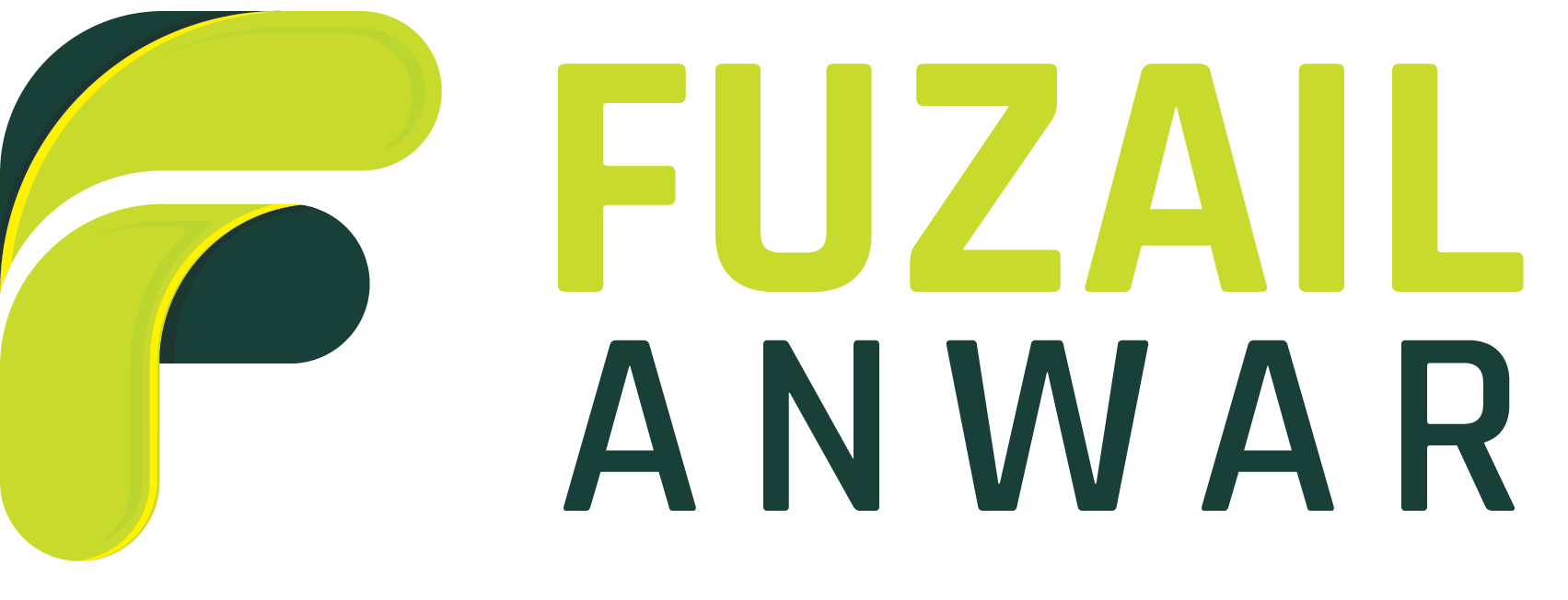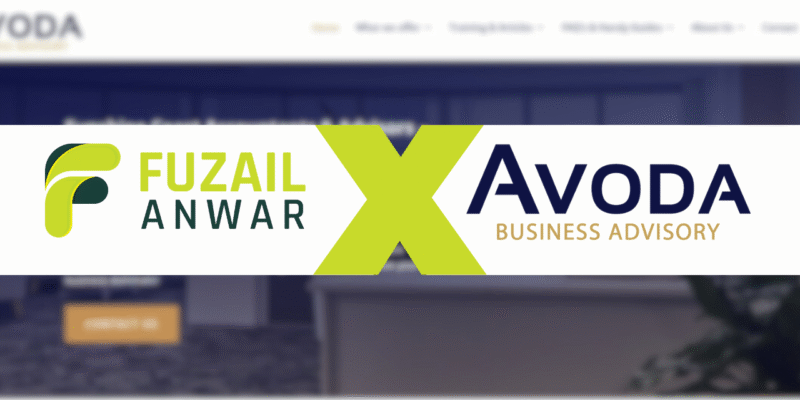When Avoda Business Advisory reached out, their biggest frustration was simple:
They weren’t ranking on Google for the keywords that mattered most to them.
The client shared a list of 4–5 important keywords they wanted visibility for. But when I checked the SERPs, things didn’t look good at all. Out of those:
- 2 keywords were buried at positions 65 and 57.
- The rest weren’t even in the top 100.
So clearly, something was broken.
And after digging deeper, I found the root cause:
- Keyword cannibalization (multiple pages competing for the same keyword).
- Poor keyword mapping (wrong keywords attached to wrong pages).
- Meta titles and descriptions were generic.
- Content was thin and not aligned with search intent.
- Technical issues like 404 errors and wrong redirections.
- No proper schema.
- UI/UX wasn’t helping conversions either.
In short, the site had potential but was far from SEO-ready.
Step 1: Fresh Keyword Research & Mapping
Instead of blindly chasing the client’s original list, I ran fresh keyword research.
I showed the client that alongside their 4–5 chosen keywords, there were 2–3 additional opportunities worth targeting. These new terms had decent search volume, lower competition, and fit perfectly with Avoda’s services.
The client loved this idea.
So I created a keyword-to-page mapping sheet and explained which keyword would go on which page. This instantly solved the cannibalization problem and gave us a clear roadmap.
Step 2: On-Page Fixes & Content Improvements
Once the mapping was approved, I got to work:
- Updated meta titles & descriptions to be keyword-focused and click-worthy.
- Rewrote and expanded content across almost the entire site.
- Fixed the headings hierarchy (H1, H2, H3 properly structured).
- Implemented relevant schema markup.
- Improved UI/UX for better CTAs, cleaner navigation.
- Fixed 404 errors and wrong redirects.
I didn’t touch backlinks at this stage. My focus was site quality first.
Step 3: Local Citations & GBP Optimization
For off-page, I started with the basics: local citations. Nothing fancy, no spammy links, just high-quality local business listings.
At the same time, I optimized their Google Business Profile (GBP):
- Made sure all info (NAP) was accurate and consistent.
- Added service categories properly.
- Uploaded photos.
- Kept it active and up-to-date.
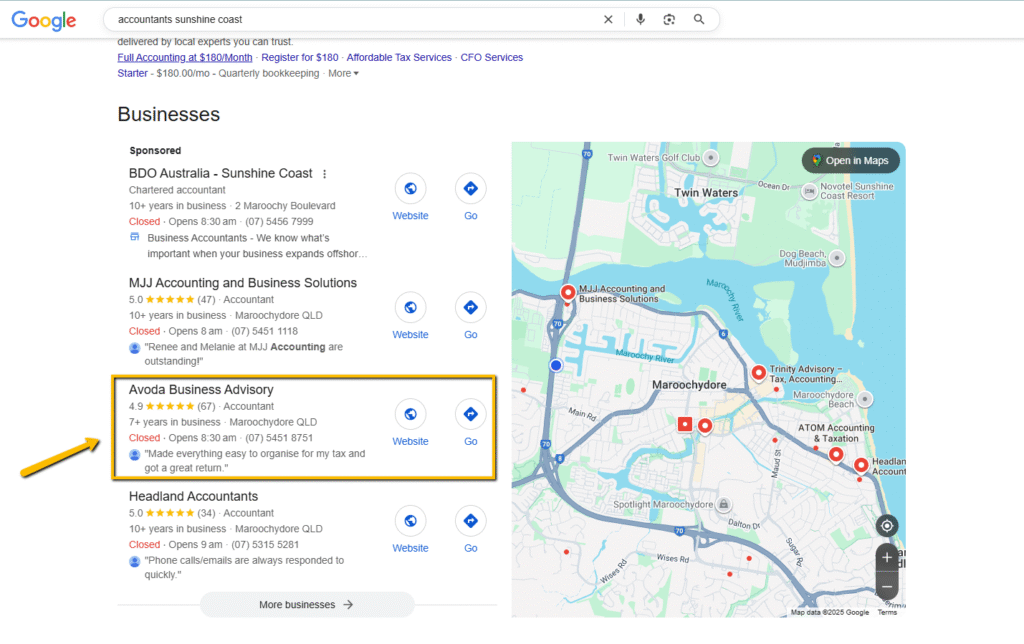
Step 4: Tracking Competitors Closely
Now here’s something I always do: I don’t just optimize in isolation. I watch the top 5 competitors on Google.
For Avoda, I studied what they were doing, specially in terms of content depth, page experience and backlinks.
The first 6 months gave us encouraging signs
- Rankings climbed steadily.
- 4 of our main keywords finally entered page 1.
- The new additional keywords reached page 2.
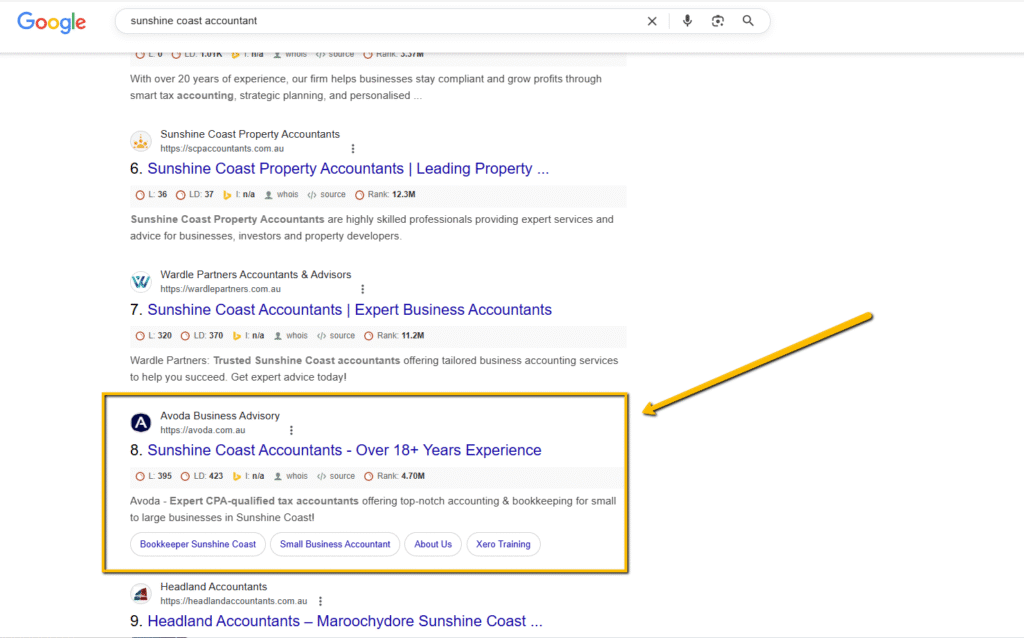
The client was happy with this progress, but I wasn’t satisfied yet. The goal was top 5 positions, not just page 1.
Step 5: Solving the Backlink Gap
Here’s where we hit the real challenge.
Even though our content and on-page were stronger, competitors were holding their top spots because of backlinks.
Now, Google clearly says buying or selling links is against their guidelines. And I don’t believe in shortcuts that might hurt in the long run.
So I took a different approach:
- Reached out to fellow businesses in the same city for mentions/links.
- Connected with industry-related businesses in other cities within the same country.
- Explained Avoda’s services and secured contextual mentions.
This wasn’t about quantity. We didn’t get hundreds of links. But the few links we earned were quality and relevant, exactly what Google values.
Over time, these links gave Avoda the authority boost they needed.
Step 6: Long-Term SEO Wins
Since the client was with me on a long-term plan, we had enough time to play the long game.
After about 9–10 months:
- All target keywords consistently stayed on page 1.
- GBP ranked in the top 3 pack for almost every service keyword.
- Traffic and leads improved noticeably.
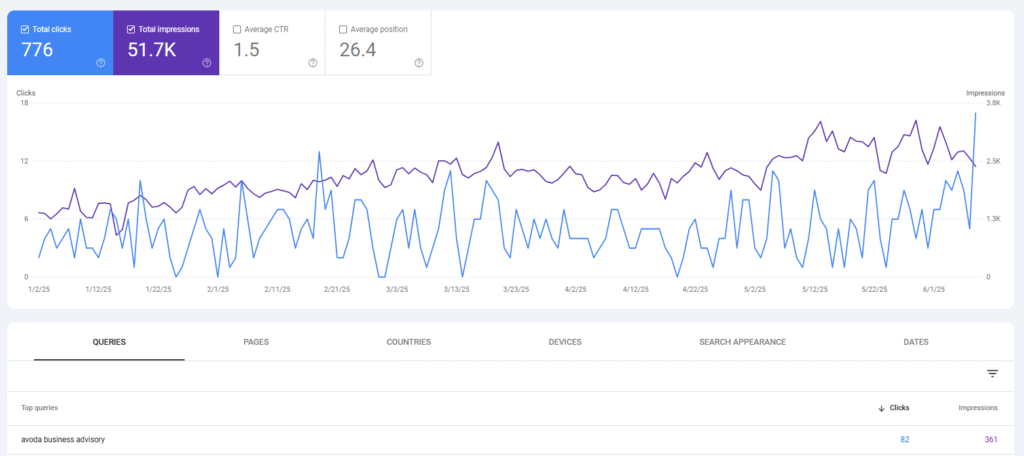
And after 1 full year, we managed to beat some of the toughest competitors and secure top 5 positions across the board.
Key Lessons from this Case Study
- SEO takes time but with the right direction, results are inevitable.
- Don’t blindly chase client’s initial keywords. Validate them and suggest better options if possible.
- Fixing cannibalization and proper keyword mapping is often half the battle.
- Content, technicals and GBP must be strong before you even think about backlinks.
- Backlinks should be earned, not bought. Even a few quality links can outperform dozens of spammy ones.
Lastly
Ranking Avoda Business Advisory wasn’t an overnight job. It took patience, strategy, and long-term execution.
But the results speak for themselves: from keywords stuck at positions 65 and 57 (and many not even in the top 100) → to page 1 rankings and top 5 visibility across all major terms.
And remember:
- I never ignored GBP.
- I never bought shady links.
- I focused on fundamentals and consistency.
That’s why Avoda continues to enjoy stable rankings and continous business growth.
If you’re a local business owner tired of not showing up on Google, or if you feel like your current SEO isn’t working, I can help.
Reach out today, and let’s get your business ranked the right way.
Written by Fuzail Anwar
SEO Expert | Helping businesses worldwide
If you need help Lets Connect
